Research with impact
This year marks a milestone at Smith. It was 45 years ago that the school launched the PhD in Management program. Graduates have since gone on to teach at universities around the world. They also do important research that businesses (and society) can learn from. Here, we feature six of these alumni. As always, good research findings start with an inquisitive question.
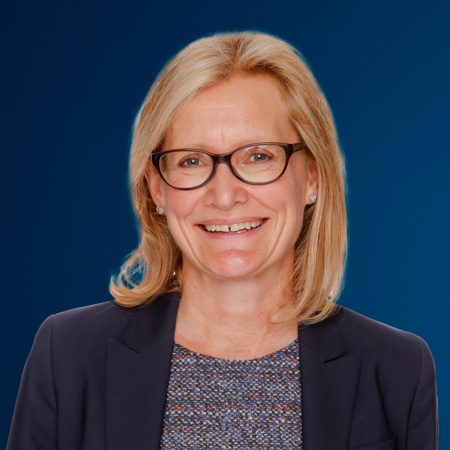
How do stigmatized consumers reshape markets?
Eileen Fischer, PhD’88One thing that today’s consumer-driven economy excels at is providing an abundance of every product and service that people are willing to pay for. In other words, the market works. But what if it doesn’t? What if some consumers have the money to buy, but they struggle to find the goods they want? It happens more than we may think.
Eileen Fischer, marketing professor and associate dean of research at Schulich School of Business in Toronto, has researched this problem. In one study, she and colleagues looked at the fashion industry and the dearth of fashionable apparel for plus-size consumers. They studied strategies that “fatshionistas” (as people in the market call themselves) use for inclusion in the fashion market, which has historically stigmatized plus-sized bodies
“Papers like this help raise awareness about the discrimination that sometimes goes unquestioned in markets and can help increase the potential for greater market inclusivity,” she says.
As a marketing professor, Fischer pays particular attention to market drivers that change consumer behaviour and affect entrepreneurship. But as with her research on the fashion market, she says, “I am interested in trying to help those who are less powerful gain greater agency, often through acting collectively.”
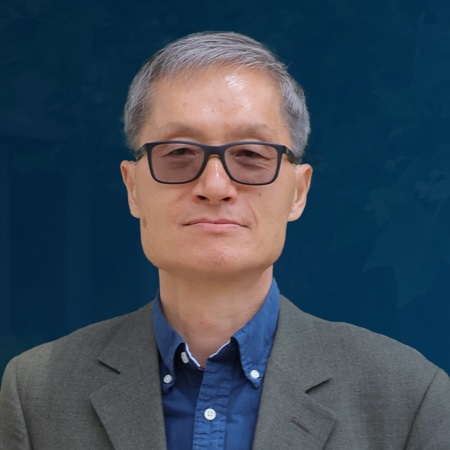
Why do some firms go green, and is there a payoff?
Yue Li, PhD’95Accountants can explain a lot about a company — how well it’s doing financially and so forth. But by digging into the numbers, accountants can tell much more. For example: Do firms that invest in sustainability perform better? And based on that answer, what can governments do so more go green?
Yue Li is among researchers on the case. A professor of accounting at the University of Toronto and director of its Master of Management and Professional Accounting program, Li studies corporate environmental performance.
In one paper, Li and colleagues examined decades of data from firms in high-polluting industries: pulp and paper; chemical; oil and gas; and mining and metals. They found profits and cash flow do indeed rise with improved environmental performance.
But there’s more: Companies that invest in sustainability (known as progressive firms) tend to first have better financial resources and management capabilities than companies that do not (regressive firms). In other words, going green isn’t just a matter of will; sufficient resources count too. That offers lessons for policymakers, Li says. Governments should provide incentives to encourage regressive firms to do better and ensure progressive companies do not let their green progress falter, he explains.
Voluntary environmental programs may be more effective in industries where resource constraints vary significantly across firms.
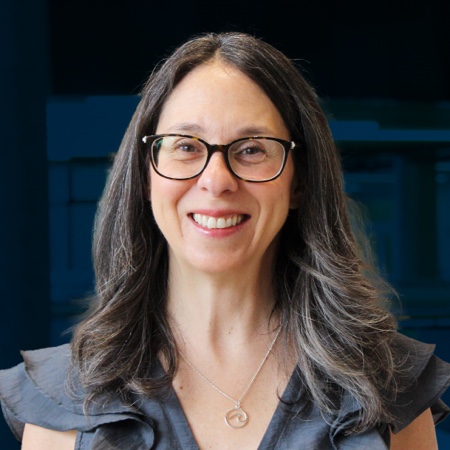
How can we halt harassment at work?
Sandy Hershcovis, MSc’02, PhDWorkplaces can be wonderful. Or they can be toxic. Sandy Hershcovis digs into the latter. She studies aggressive behaviour like bullying, sexual harassment, abusive supervision and incivility. She’s especially interested in “bystander intervention.” What do colleagues do to stop mistreatment, if anything?
While doing her PhD, she found much literature on how to get employees to work harder. “It seemed obvious to me that organizations would not succeed in extracting more performance out of employees if they didn’t first ensure and take care of their well-being,” she says.
Today, Hershcovis is a professor and senior associate dean of research and faculty at Haskayne School of Business in Calgary. In one paper, she looked at the “climate of silence” around sexual harassment, where employees refrain from speaking about it, managers and co-workers dissuade bringing it up, and those who come forward are dismissed. One hallmark of such workplaces: a hyper-competitive culture with office power largely controlled by men.
“To dismantle this silence,” she says, “organizations must foster cultures of collaboration over competition, and ensure diverse representation, particularly of women and other equity-deserving groups, at all organizational levels, especially in leadership roles.”
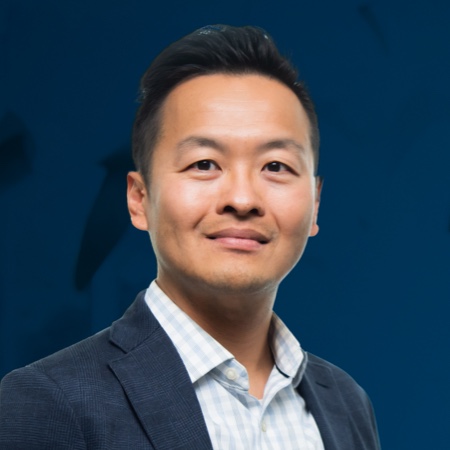
Is there a better way for people and AI to collaborate?
Yi-Te Chiu, PhD’14Technology like artificial intelligence can make workplaces better and more efficient. It can also create apprehension, confusion and resistance when tech tools don’t line up with how employees work. How can firms ensure people and tech align? That’s where Yi-Te Chiu, associate professor at National Tsing Hua University in Taiwan comes in.
In one study, for example, Chiu looked at interactions between office employees and Microsoft Viva Insights, an enterprise intelligence personal assistant (IPA). One of Viva’s features aimed to enhance employee productivity by scheduling uninterrupted “focus time”. But the feature didn’t line up with the collaborative nature of work today, where being accessible and responsive is crucial. As a result, many employees simply cancelled or ignored the IPA’s suggestions.
“Misalignments between AI design and the way people function hinders collaboration,” Chiu says. So what’s the solution? Managers must better support employees in adapting to technology. That’s one step. But too often technology isn’t designed with people in mind.
Chiu’s suggestion: Involve all stakeholders in AI development and integrate continuous feedback to align AI with organizational goals. This, he says, “addresses both the technical and human aspects for successful implementation.”
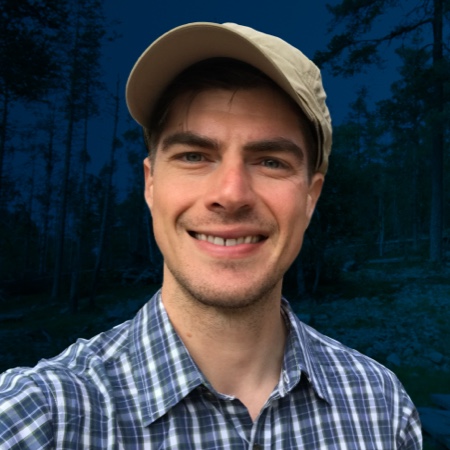
What can we learn from people doing perilous work?
Derin Kent, MSc’12, PhD’17Office employees may find their days daunting. But there are other people whose jobs aren’t just pressure-filled; they’re dangerous. Derin Kent studies how “extreme context workers”, as they’re called, manage. To understand his subjects, he’s spent time following along with storm chasers in Tornado Alley in America and with seafarers on container ships crossing the Atlantic.
Kent, an assistant professor at Warwick Business School in Coventry, England, got interested in extreme work during the 2003 SARS outbreak in Toronto. Later, while doing his PhD, he interviewed doctors and nurses who had contained the outbreak.
“While it was a difficult period for many, I was surprised to discover for others it had been a highly meaningful experience, something which had gone on to inspire their career interests years afterwards,” he says.
One thing he’s found: even risky jobs come with mundanity. Take firefighters. It’s not all five-alarm blazes; water leaks, false alarms and other minor incidents take up their day. In one recent study, Kent found these workers are more satisfied when they learn to appreciate these less exhilarating, yet important, parts of the job. All jobs have tedious work, so “this is something perhaps we can all learn from,” he says.
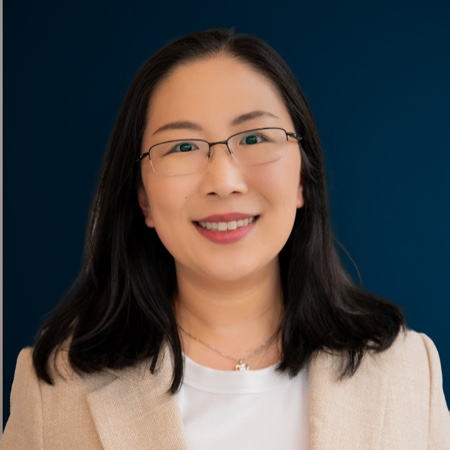
How can startups succeed in the digital age?
Ting Li, PhD’22Unicorn companies make it look easy, don’t they? Anyone with a good idea and a bunch of ready-made digital tools can be the next Airbnb or Instacart. Not so fast. Ninety per cent of digital startups fail, says Ting Li, assistant professor at Ivey Business School in London, Ont. Through her research, she hopes to increase the odds of success.
Li studies how digital technologies fuel entrepreneurial innovation. For instance, she’s examined how business incubators can better support new ventures via cultivation of digital capabilities. “I became interested in this field because of the great potential that comes when technology and creativity meet,” she says.
Consider the path of OpenAI, the creator of ChatGPT and Sora. “It shows the disruptive power of technology combined with brilliant minds,” she says. Li aims to extract actionable insights from these types of entrepreneurial stories for others to learn from.
Li’s findings aren’t just for startups; firms of all types and sizes can benefit. Two lessons she cites: First, companies must balance using ready-made digital tools with developing customized, proprietary ones. Second, being up to date on digital knowledge is not enough for success. Digital tech moves fast so it must be applied quickly to maximize the benefits.
